An Interview with Paul Vincent from SEH Kelly
3January 10, 2019 by Ville Raivio
VR: Your age and occupation?
Products from Pukimo Raivio
Ralph Lauren, Black Label suit, size 52EU
PV: 35, Menswear designer.
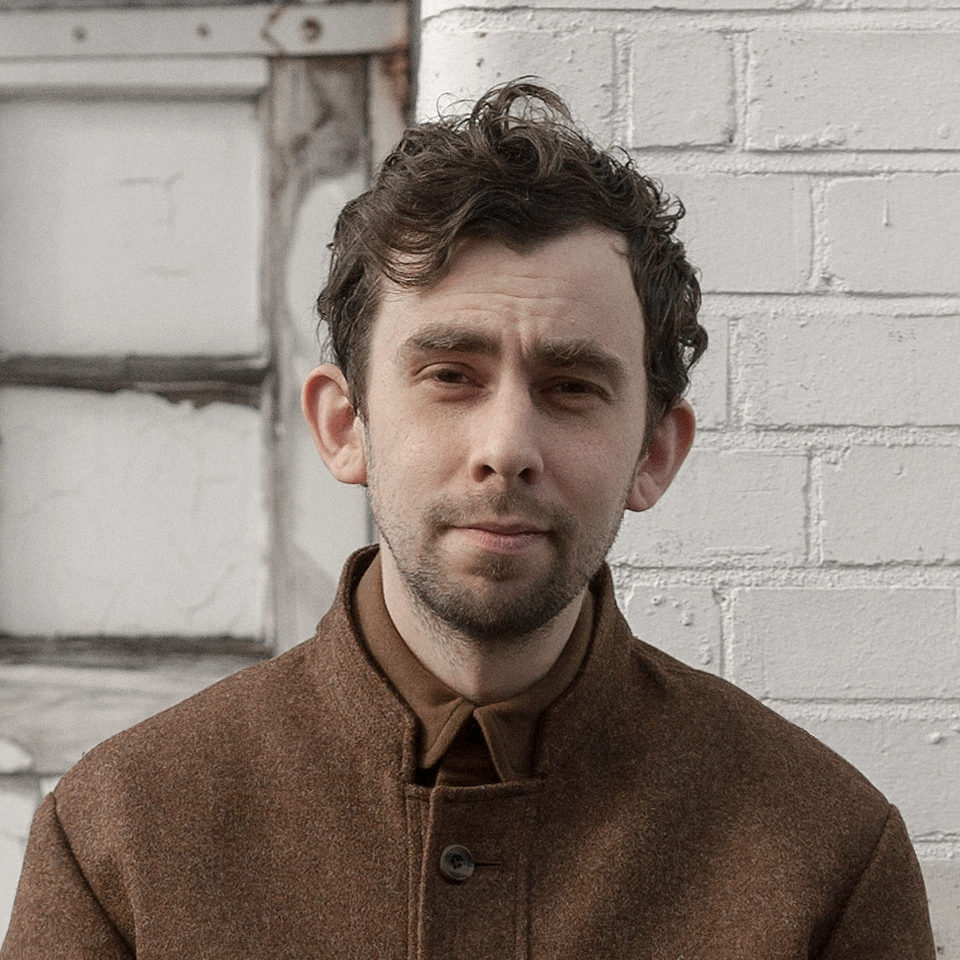
VR: Have you any children or spouse?
PV: Yes — my spouse is Sara Kelly, who is the other half of our company. She worked for years on Savile Row in London, and the experience of that time was fundamental for the start of the business, and is a strong influence on us to this day.
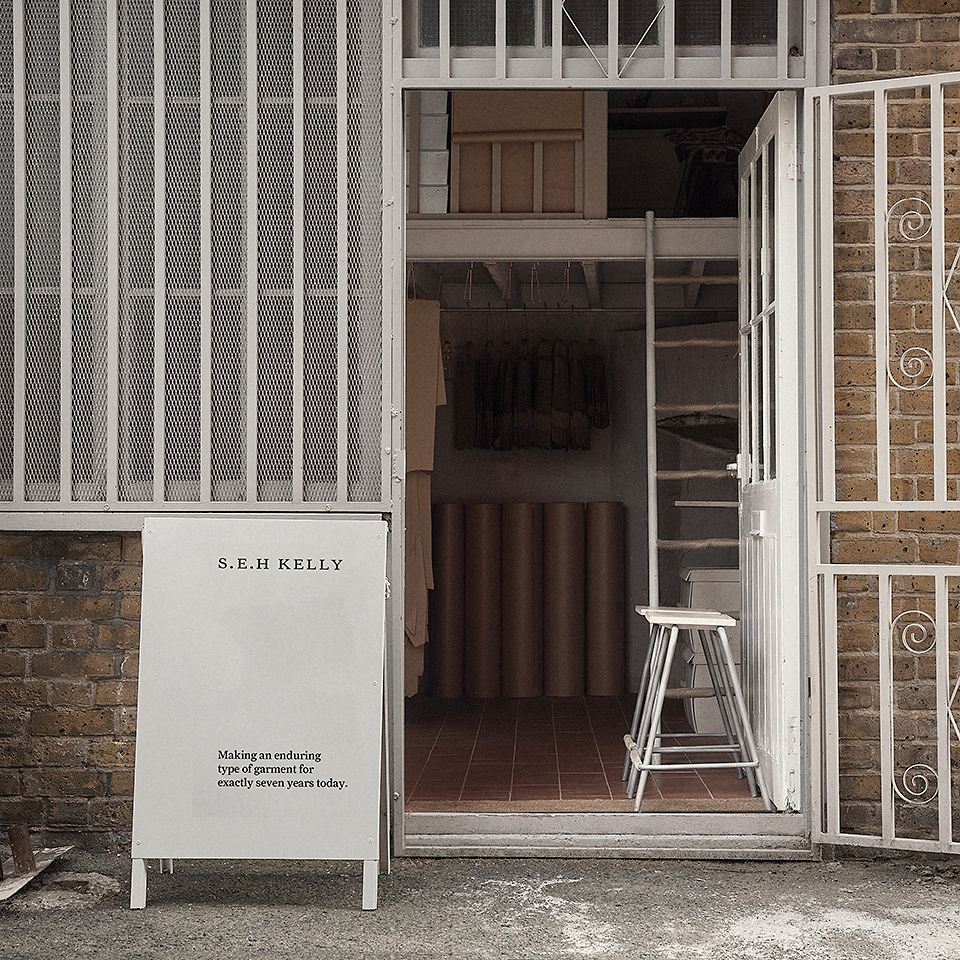
VR: How did your family react when they first learned about your passion for clothing?
PV: I’ve never really discussed my profession with my parents to any great level of depth. They have always seemed happy so long as their children are happy, and have never pushed me or my siblings in any particular direction.
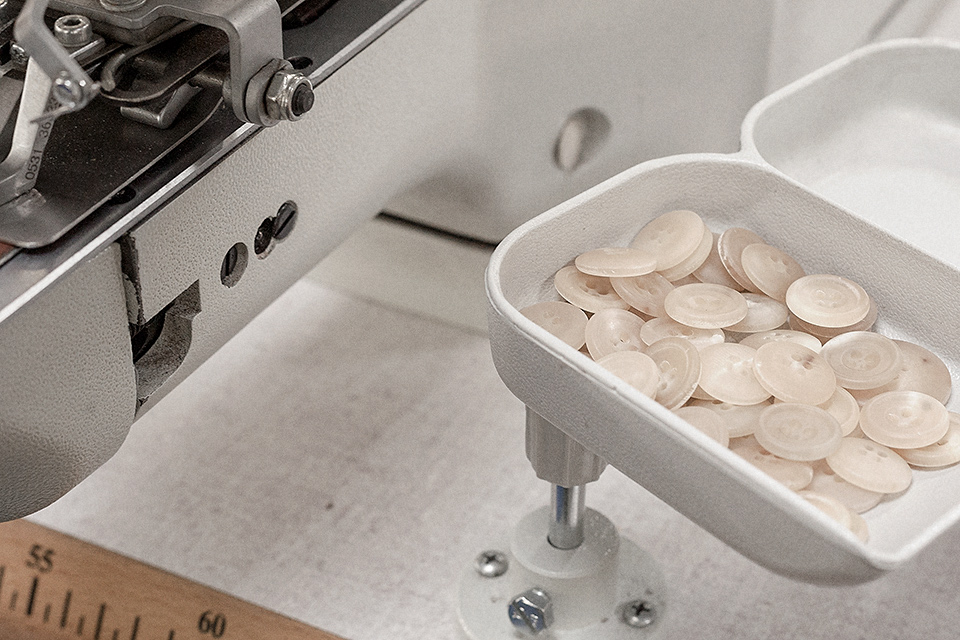
VR: What other hobbies or passions do you have besides apparel?
PV: My work dominates my life, and absorbs my time and thoughts to a great extent. I love it. I am also interested in politics, sport, and architecture, and film. However, nothing that can be defined a a hobby: my hobby is my job. Even when I am reading about politics or watching football, I am also thinking about my hobby.
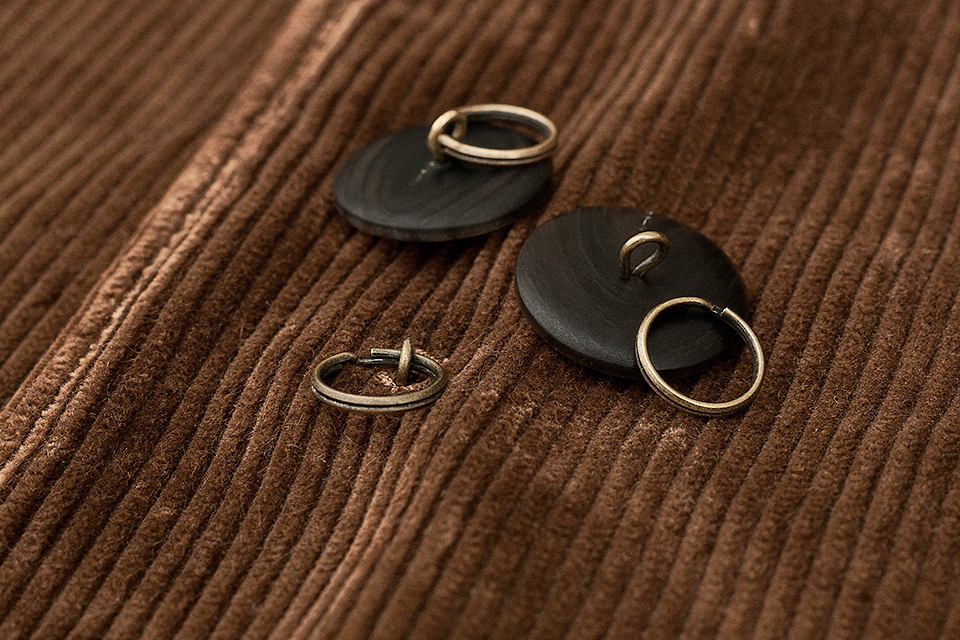
VR: How did you first become interested in style, and when did you turn your eyes towards more classic pieces? Why these instead of fast fashion?
PV: I have spent disproportionate amounts of my income on clothing since my early teens. I cannot readily explain why, to be honest: it is not to make a statement, and it is not to stand out; it must be for some inexplicable sense of satisfaction within the self. As time has gone by, as with any strong interest or hobby, I have sought to deepen and expand my knowledge, and that has lead me along the way to the classic forms of menswear. This currently dwells on traditional styles of coat and jacket from the past hundred years, and the materials woven in traditional and / or region-specific ways from around the British Isles.

VR: How have you gathered your knowledge of the tailored look — from books, talks with salesmen or somewhere else?
PV: Just here and there. It isn’t an active process. There is no shortage of information online, of course, but I stumble upon it rather than seek it out. We are also fortunate to work closely with people very knowledge on these subjects, at factories or mills, and they’re often not backward in coming forward with their knowledge.
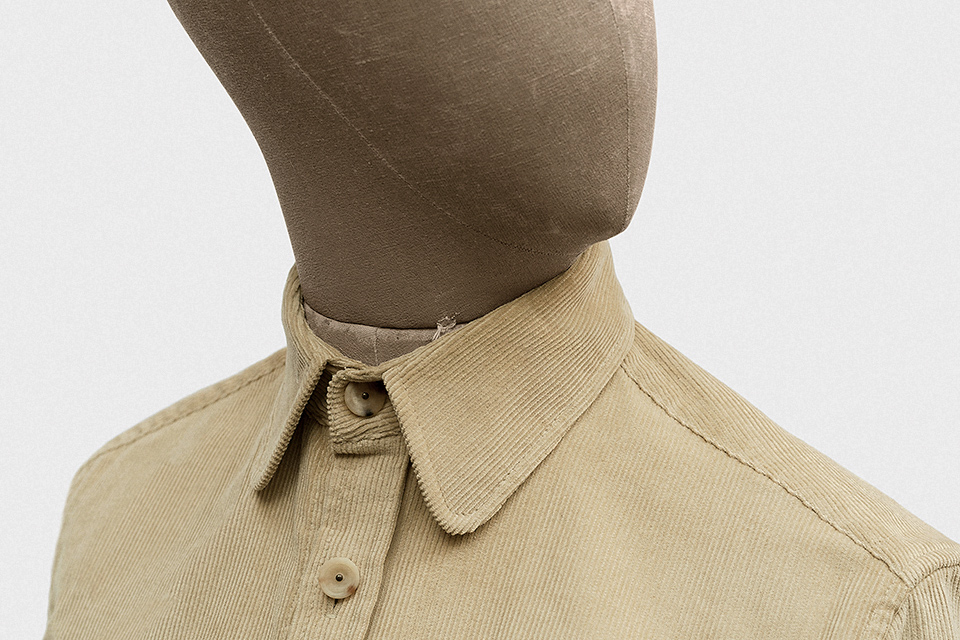
VR: When did you decide to set up your own clothing company, and what goals did you set for yourself in the beginning?
PV: We set up the business in 2009, as the recession / “credit crunch” began, and we were both left with nothing much to do with our time. Sara, however, had a wealth of knowledge and contacts with various mills and factories, from her time on Savile Row, so we decided to try something new. Our sole goal, which is the same to this day, is to make a particular type of garment, made with cloth and components from around the British Isles, and to market it at a sensible price (one which will also sustain a niche business, I mean).
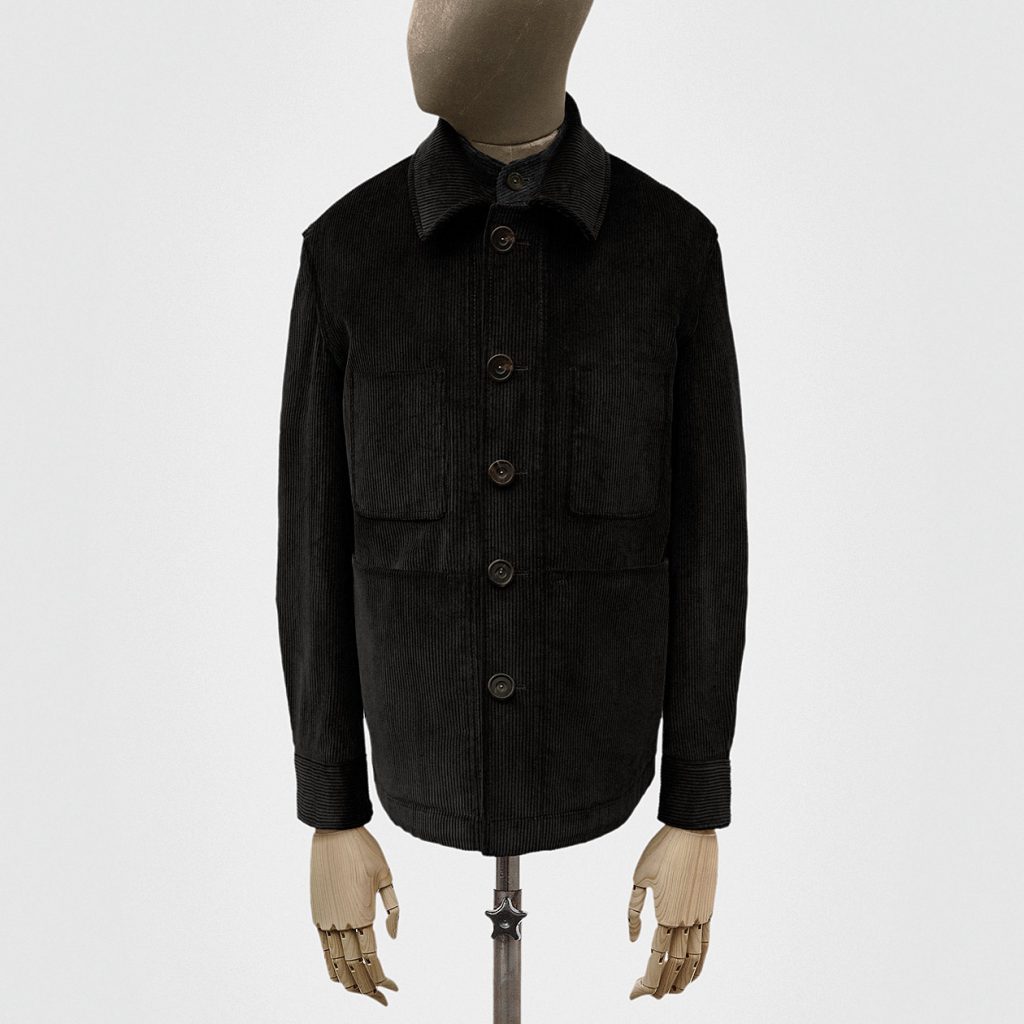
VR: Is there a story behind the company name?
PV:It’s just Sara’s name. She came up with a long list of brand names, and I didn’t think much of them. “Why not just use your name,” I suggested, “it looks good written down.”
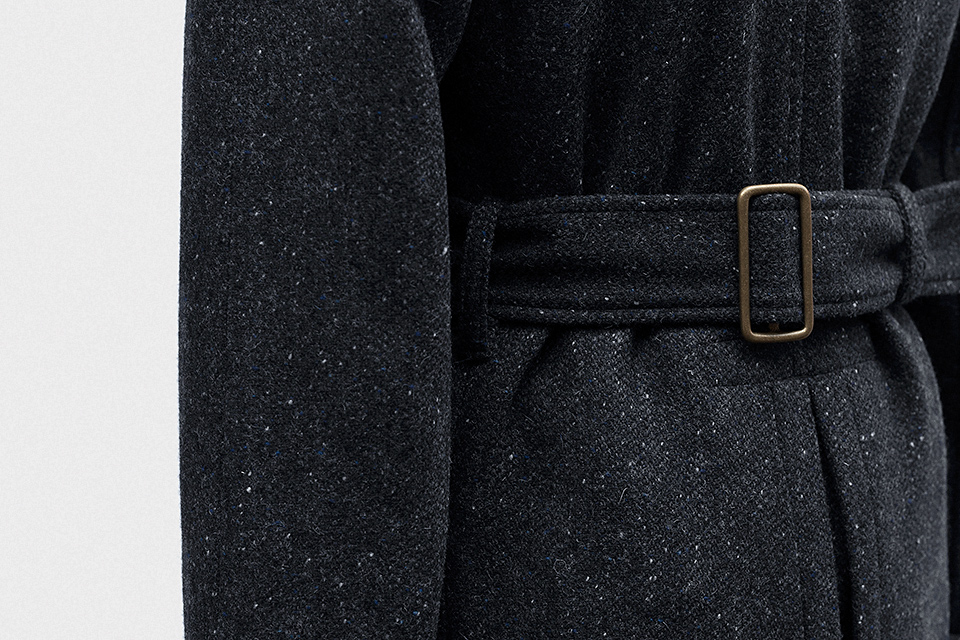
VR: What’s your criteria for choosing the factories and weavers who take part in creating SEH Kelly’s wares?
PV: We don’t choose them on aesthetic grounds, but on grounds of authenticity, story, or very apparent regional provenance. We have worked with weavers on remote islands who make very decorative and textured tweed, and mills in the middle of cities that make cloth the opposite of that. I am always keen to learn about what they make, and how we can apply that to our styles.
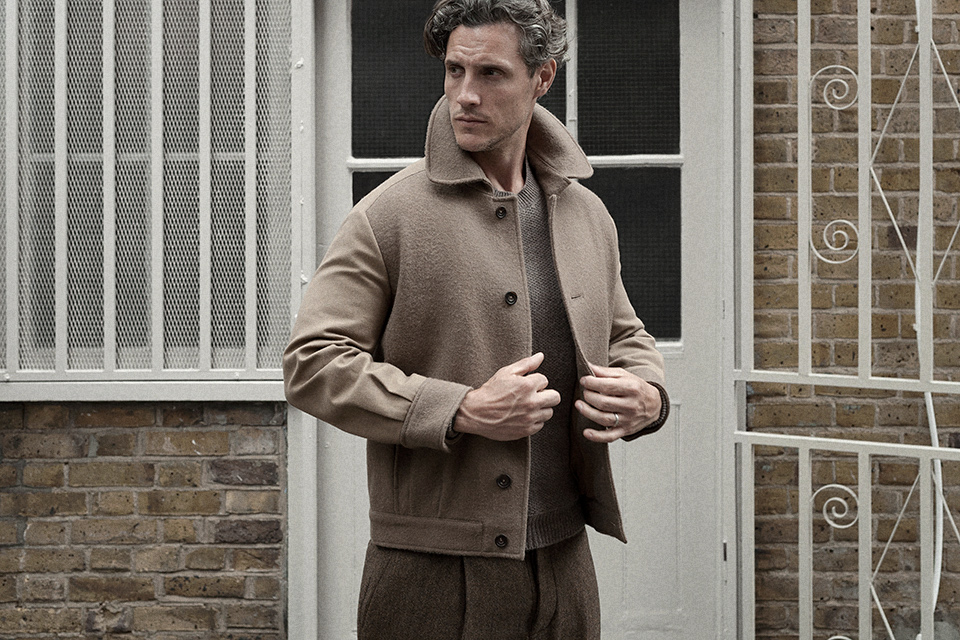
VR: What’s your style or cut philosophy behind the clothing?
PV: We hope to make things that endure trends and other vagaries of fashion. I try to look at things through the lens of “What will that look like in five years’ time?” — both from a stylistic perspective, but also a quality and material perspective, in terms of how the thing will age with time.
Our cut is a classic English one — one which has mostly prevailed in men’s outfitters from the middle of the 20th-century onwards — and so is quite straight, up and down. The style is mostly simple and unadorned. We strive for simplicity, but also innovation, here and there. Ideally, these two qualities will go hand in hand: there is nothing better than one aspect of a garment doing two jobs, such as a seam that doubles as an entry-point for a pocket, or a pocket that can also serve as a belt-loop.
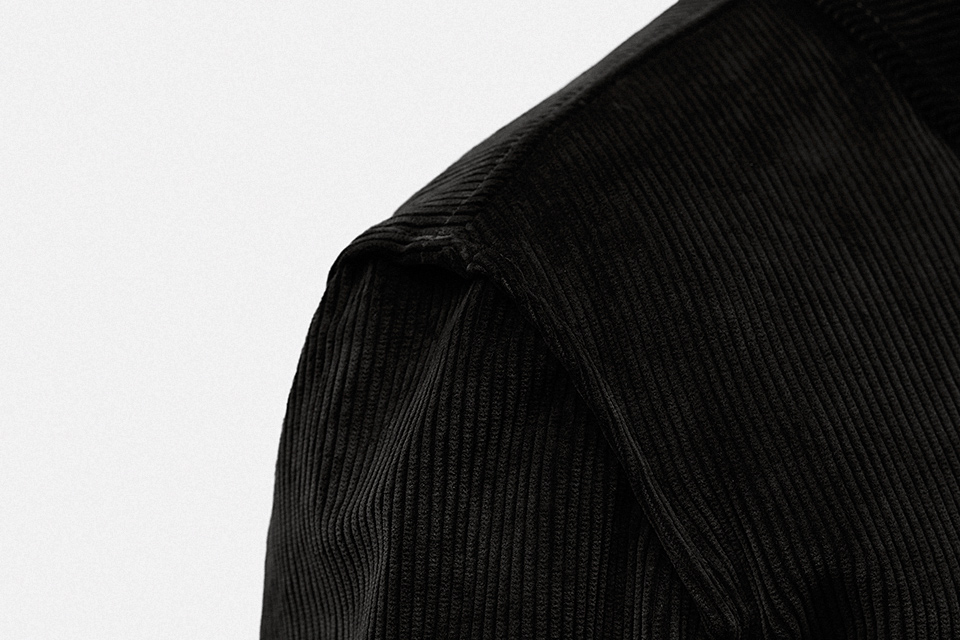
VR: How would you describe the “House Style” of SEH Kelly?
PV: It is perhaps a classic English style, but modernised through by alternative means of construction. We do lots of different styles of shoulder, for instance, such as raglan, semi-raglan, split-sleeve, Dolman, Magyar, and others. Despite this, the proportions and shapes of more cosmetic aspects of a garment — such as collars, pockets, and the other things — consistent, and quite “classic”, right across the board. They do not change.
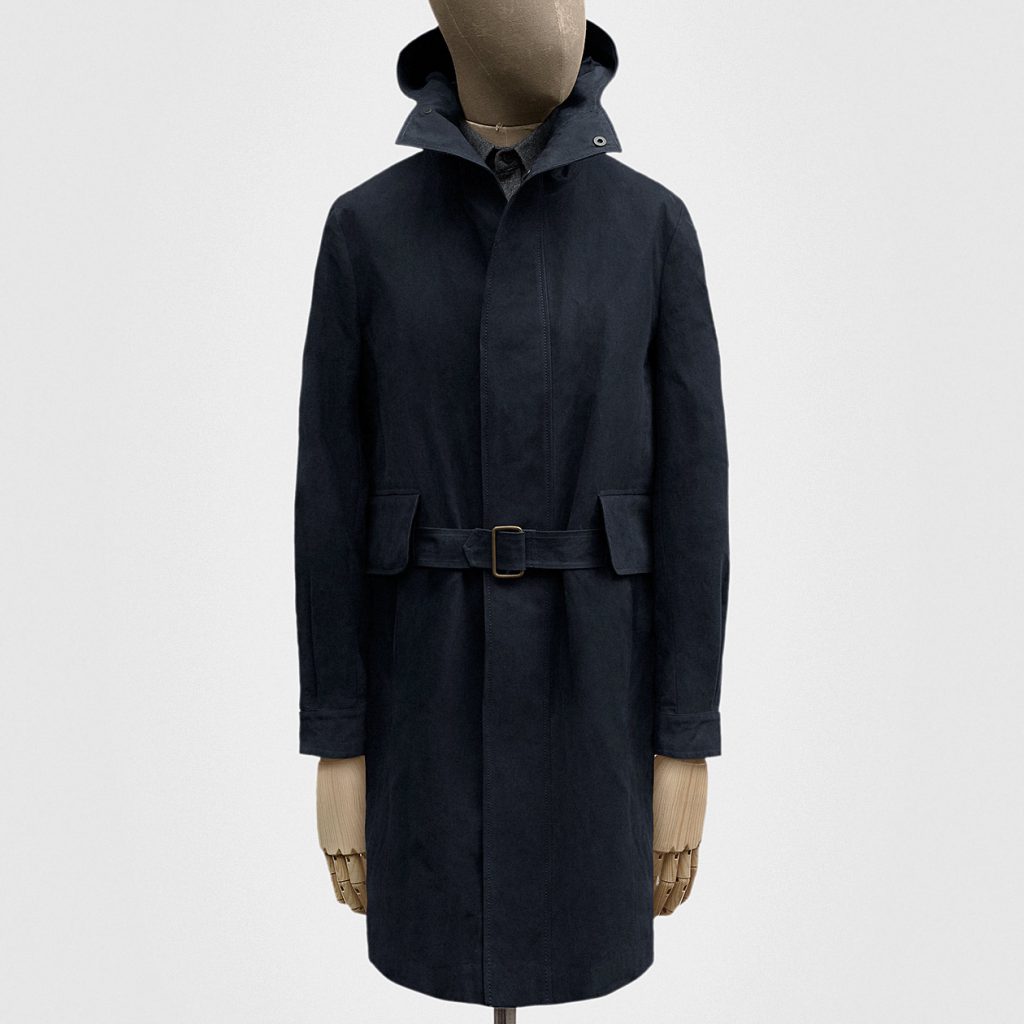
VR: Who or what inspires you?
PV: Going to the factory every day, and building on what went before. We keep evolving our styles, to make them better, and to apply new learnings to old developments. That is the principal source of inspiration: to keep pushing forward in terms of quality of cut, design, and material. I am never fully happy with any of our garments for very long, and always wish to make them more pleasing to look at, to wear, and to be more lasting. Being surrounded by people at the factory who have the same outlook strengthens that resolve.
VR: What’s your definition of style?
PV: The old Hardy Amies quote, about getting dressed with the utmost care, but looking to all the world like you haven’t tried at all, is perhaps the best one for me.
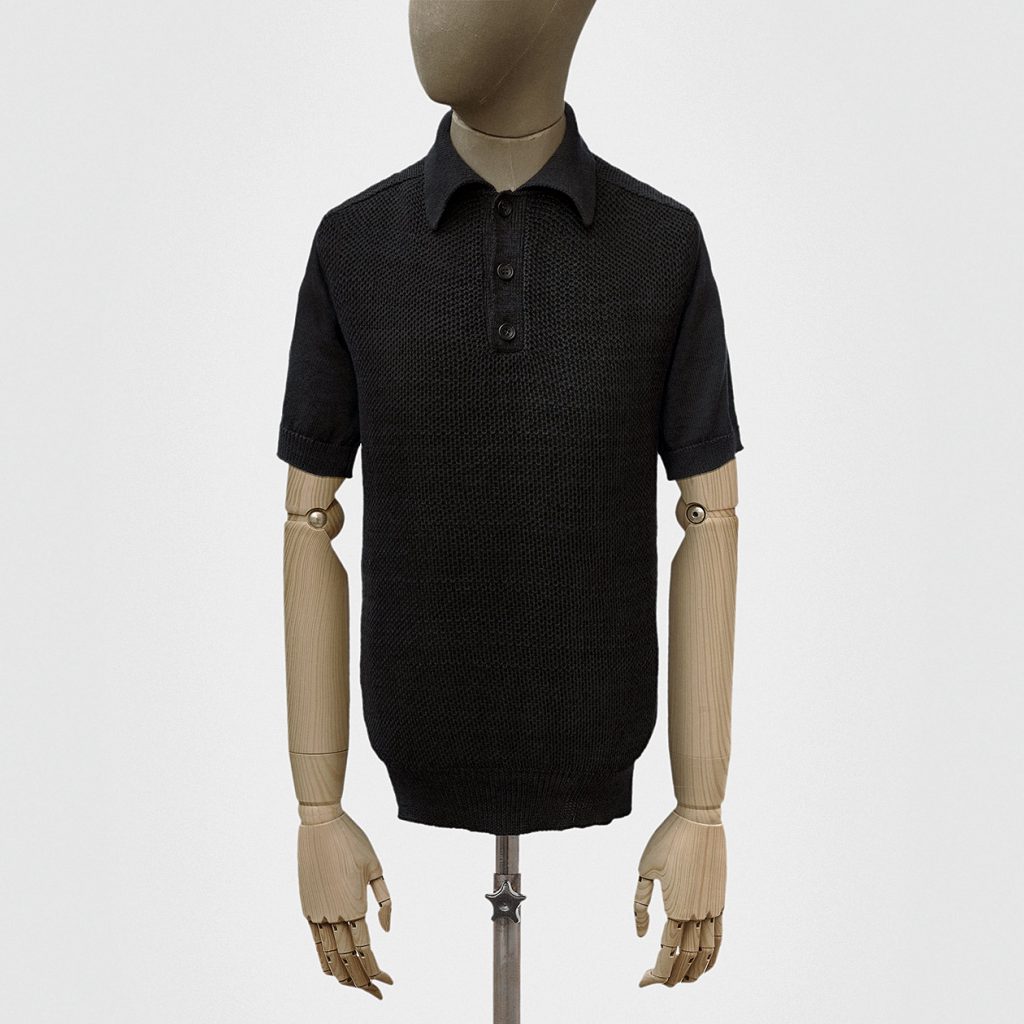
VR: Finally, how would you say British style differs from Italian?
PV: I don’t really think I can answer that without falling back on cliches of either. British tailoring is more reserved and more structured; Italian looks to be lighter and more fluid. But then there is street style, there is high fashion, and there are the manifold and impossible to map influences on both from other cultures. I could not sum it up, and I do not know enough about either to make an informed response beyond that.
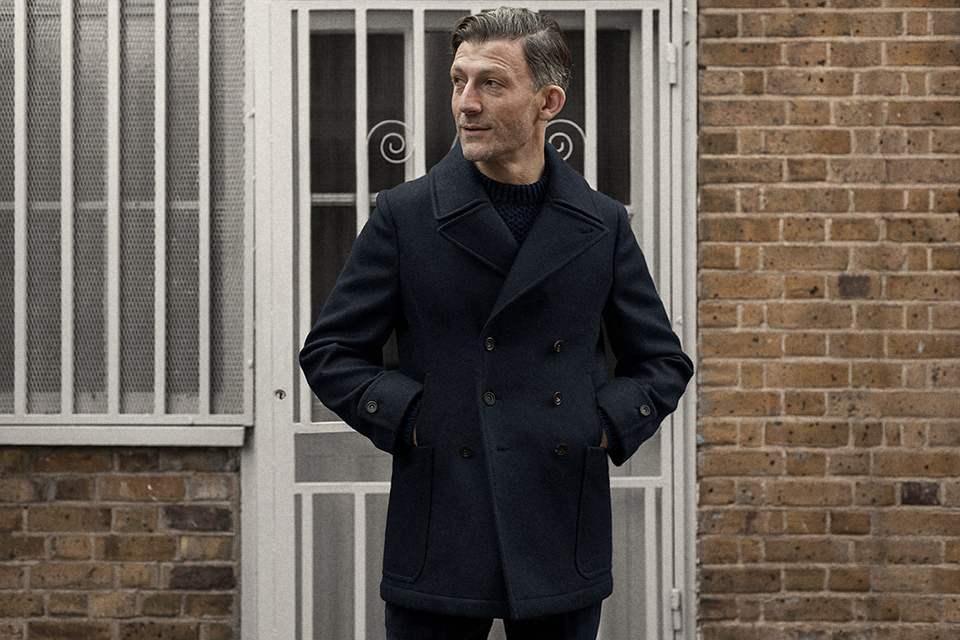
Category Interviews, Quality makers, Web stores | Tags:



All of the photos feature past collections. When they’re sold, they’re gone for good, and your best bet is saving a search term on eBay.
Good interview.
Could you tell me the product name or series name of the fifth image?
Great interview and interesting comments.
Thanks,
Chris